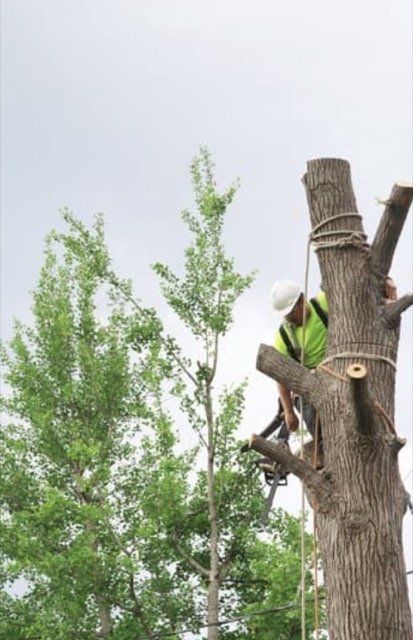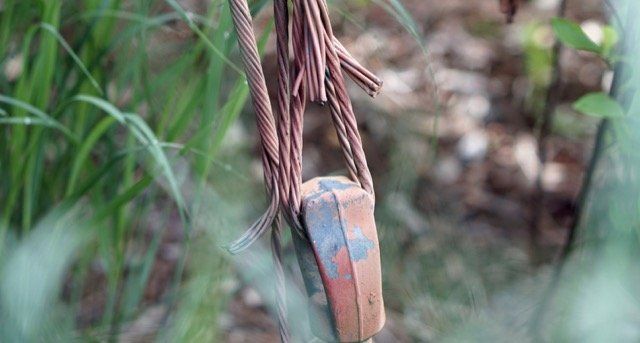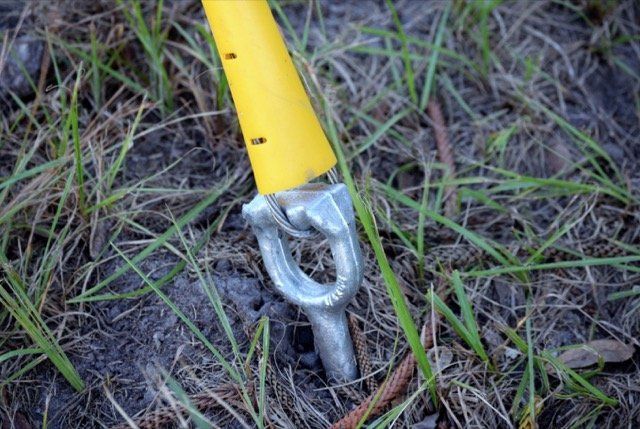Émondeur Laval Arbricole
Tree Cabling Service in Laval
What is the use of cabling a tree? Trees generally need a minimum of two years for their root system to develop well enough to be properly anchored to the ground. If during the period of anchoring and development the weather conditions are complicated, for example, if there is a lot of wind, they can bend or fall. It is important to know how to straighten a tree that is starting to lean.
As mentioned before, young trees are very prone to twisting. When the trees start to lean, you have to know what to do and how to proceed to achieve a correct cabling. Although visually the tree appears straight, over time it may begin to twist and produce more branches on one side than the other. This will cause the tree to bend in the future.
It is interesting to know how to go about making a correct tree cabling:
- In the case of young trees, which have not exceeded 2 meters in height, the best way to straighten them is to use a wooden stake. They must be nailed to the ground and to the trunk of the tree. Depending on the weather conditions of the environment, it is interesting to reinforce the nailing with iron rods because they are more resistant.
- For adult trees over 2 meters high, place between 2 or 3 stakes per tree, no more. Fix them well to straighten leaning trees. It will take time but they will correct their position.
For areas where the wind is very present, tree guying becomes a very useful practice. For this, it is advisable to dig two holes about 40 centimeters deep on each side of the tree. A stake is fixed in the hole with a mixture of sand and a part of cement, then it is fixed to the tree. A rope is then used to tie the stakes to the tree. It is essential to maintain the stakes until the trees or the tree is fully fixed to the ground. We always recommend placing the stakes before planting the tree when the hole is already made, to ensure that the root ball will not be crossed during the nailing. When deciding the position of the stakes, we must take into account the size of the clod that contains the roots of the tree that we have just planted, so as not to cross it and break its roots, for this we do not place them too close to the trunk.
How do we tie the tree to the stakes?
Our company takes care of the cabling of all types of trees. During the first years of the life of trees, and also of certain shrubs, it is very important to fix them well. After planting your tree, we must consider all environmental factors to protect it from the wind and prevent it from moving.
Once the stakes are installed, we will fix the tree with plastic tape which should not be too tight to prevent the trunk from continuing to grow. In order to straighten the tree, we will attach the plastic tape to a wooden post near the tree. These plastic ribbons must be placed horizontally between the tree and the stake because if they are placed diagonally they can also damage the trunk of the tree and promote twisting. When bracing a large tree, we will avoid using metal materials as supports, as these can cause injury to the trunk.
To ensure that the loops do not move with the winds, we often place bridles behind each loop to keep them fixed. In our company we carry out professional installations and for us it is fundamental to install a solid structure to avoid the twisting of the tree. An important point at the end of the installation is to make a tree grid and to water the tree abundantly to take advantage of the compactness of the soil and promote the development of the tree.
For planting palm trees and planting large trees, the placement of stakes is not effective, and in this case it is recommended to install galvanized steel tension cables forming a triangle anchored to the ground with well-attached stakes. In the tree, precautions must be taken to protect and not damage the trunk, using, for example, a piece of pipe through which the cable passes or using rubber.
Our cabling procedure
We specialize in cabling large trees and we have a team of professionals who will take care of your projects. We work throughout Laval and its surroundings, trying to avoid the felling of trees in the area.
We will explain to you below and in a nutshell how to proceed when cabling a tree:
1. We make a study of the conditions of the tree, trying to make a plan to predict where we want to direct its growth. We also take into account the weather conditions of the external environment and we make a study to know where to plant the stakes.
2. Once the plan is made to know where the stakes are going to be installed, observe how far the root ball of the tree extends to avoid damaging the roots. Stakes are installed, one per tree depending on the case, to stabilize the thrusts in all directions.
3. Flexible ties are used that will not damage or suffocate the trunk of the tree and prevent its development.
4. We nail the stakes to the ground far enough from the roots, then make a planting hole and fix the stakes.
5. Secure the stakes to the ground less than half a meter from the tree, ensuring that they remain firm.
This is why Émondeur Laval offers you cabling services throughout Laval and the surrounding area. If you want to have more information on the subject and learn more about our services, fill out the contact form or call us at (450) 231-7333.





